Spotlight on Paulo Siqueira
Dec 20, 2012

TID:
What a nice picture, please tell us a little of the backstory.
PAULO:
Thanks for inviting me, I really appreciate the idea of deconstructing an image. I was doing an assignment for Marie Claire Brazil on women and the Egyptian Revolution. I spent a lot of time photographing and interviewing many women from different classes, as well as different faiths.
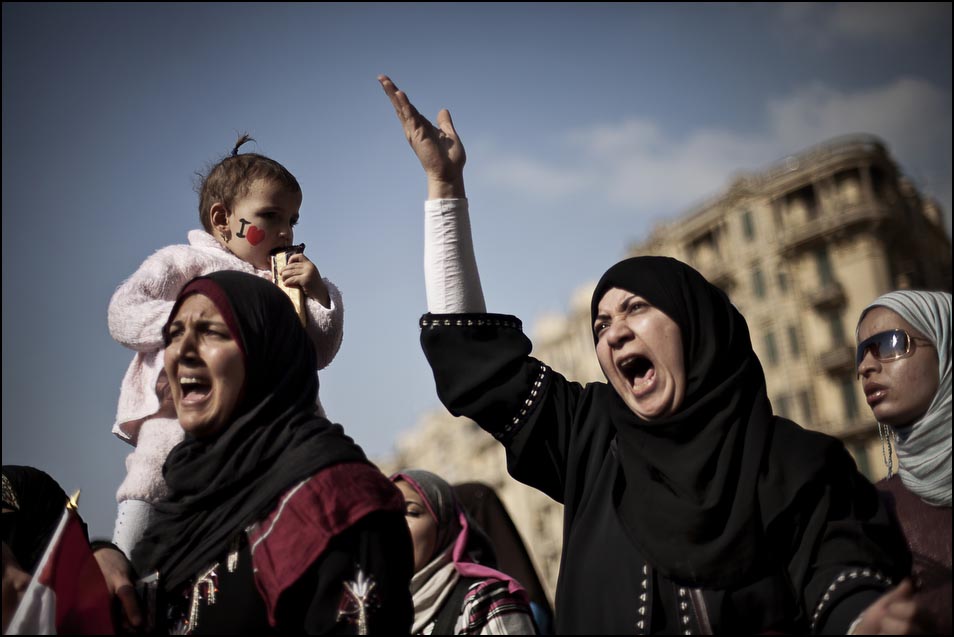
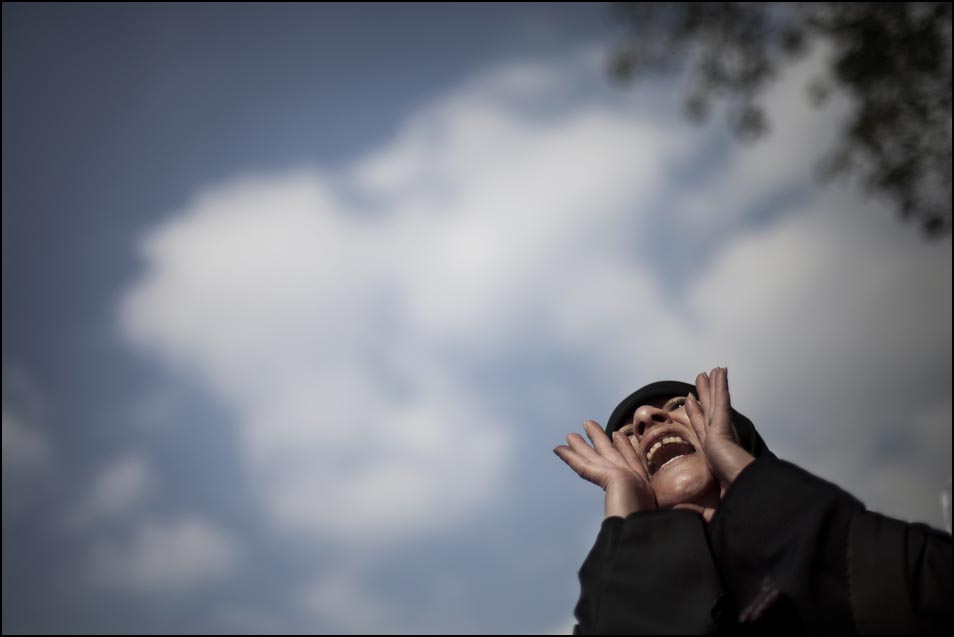
Zeinab has an amazing story, and I really wanted to photograph her. Zeinab's husband has been in prison for 7 years, serving a 25 year sentence. She was also arrested on suspicion of helping to plot the Al Azar bombings. This is when she and Akram met and were given special permission to marry in prison. They were also granted time alone, which is common among political prisoners, which is how her son was eventually conceived.
TID:
How did you prepare for this shoot, or what did you to put yourself in place to make this happen?
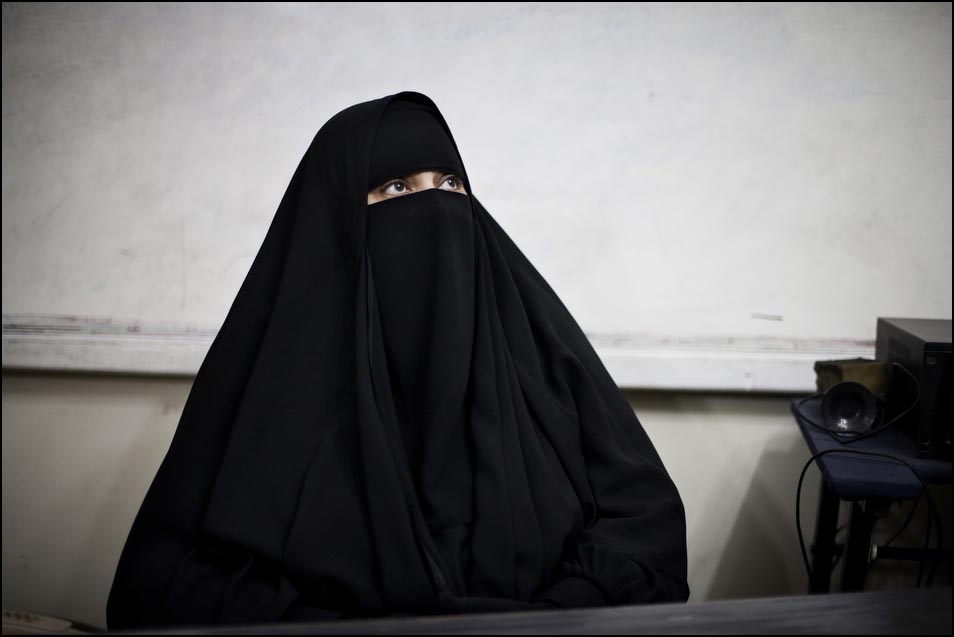
PAULO:
I was trying to get in contact with Zeinab for almost 10 days. I had the phone number of her lawyer, but he wasn't willing to put me in contact with her. I finally got in touch with her through a friend of her's, who does not speak to men on the phone, because she is a very conservative Muslim. So I asked the fixer I was working with, Dina, to call her and try to set up a meeting. Zeinab was very nervous about her, as well as her family's situation.
Recently, secret police have been to her house, asking her names of other people they believe who were involved in terrorist attacks. Zeinab asked if we could get there in a half hour and have us meet her at her home. I thought it was strange to be invited to a woman's house in a conservative Muslim neighborhood at 10:30 p.m., but it was the only chance I had, so we made it happen.
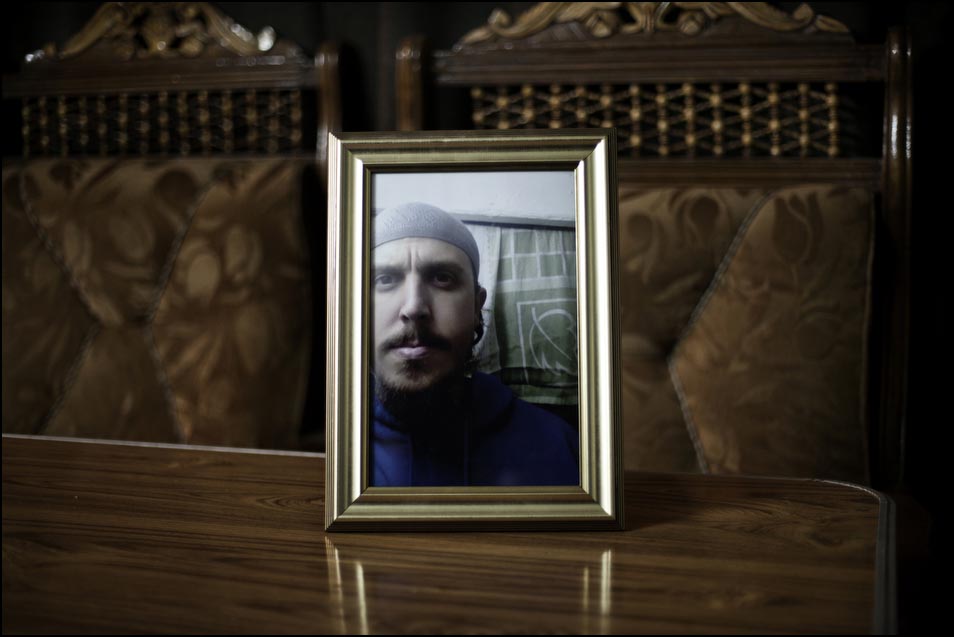
TID:
What challenges did you encounter while working to make this image?
PAULO:
As I mentioned, she lives in a very conservative Muslim neighborhood and it was late at night, which can be a cause for concern as an outsider. Also, the fixer, Dina, doesn't use the veil. Zeinab's father was at home and he was not comfortable with the situation, either. As a man, I've found it can be hard working in this kind of situation as well, but since Zeinab wanted to tell her story it made things easier.
TID:
How did you handle and overcome these problems?
PAULO:
We talked for an hour and a half. As a photographer it was hard to interview, write and shoot at the same time, so we just took some time to get to know each other. After awhile I was able to ask more about the revolution, but the pictures were static. There was no emotion - she was sitting in the couch with her father, her older son and a seven-month old baby. At one point the father was holding the baby (although the baby wasn't very happy about it). I anticipated at a certain point she would have to get the baby and calm him down.
TID:
How did you find the fixer you worked with, and do you have any advice on hiring a fixer for those folks who have never used one?
PAULO:
I was working with a fixer that I had worked with before, Karim who is conservative Muslim. I got his contact from my wife Nadia, who is also a photographer and had hired him during the revolution. But the night I took these pictures there was no time to call the fixer I was working with, so I hired Dina. Dina is a secular feminist who owns the hotel I was staying in (I always stay at her Hotel when I'm in Cairo), she was very excited about the work and I was very nervous because she has a very liberal attitude and refused to cover her hair as we got to one of the most conservative Muslim neighborhoods in Cairo.
My advice is to contact a friend who has already worked in the country and might know a fixer, if you don't know anybody a good idea is to contact a local journalist and ask if he knows someone.
TID:
Now, onto the moment. Can you talk about the moments leading up to the picture and also the actual moment?
PAULO:
As I thought, Zeinab took the little baby back. While I was making pictures, she decided to bring a portrait of her husband out to show me. At this point, I asked to her father to step away so I could start photographing her alone with her baby. The situation was difficult - when I spoke to the father, she lost her natural state and began posing again. I asked her some more questions. When then the baby started crying again, she lifted him up to kiss him. A couple of minutes later she started breastfeeding him.
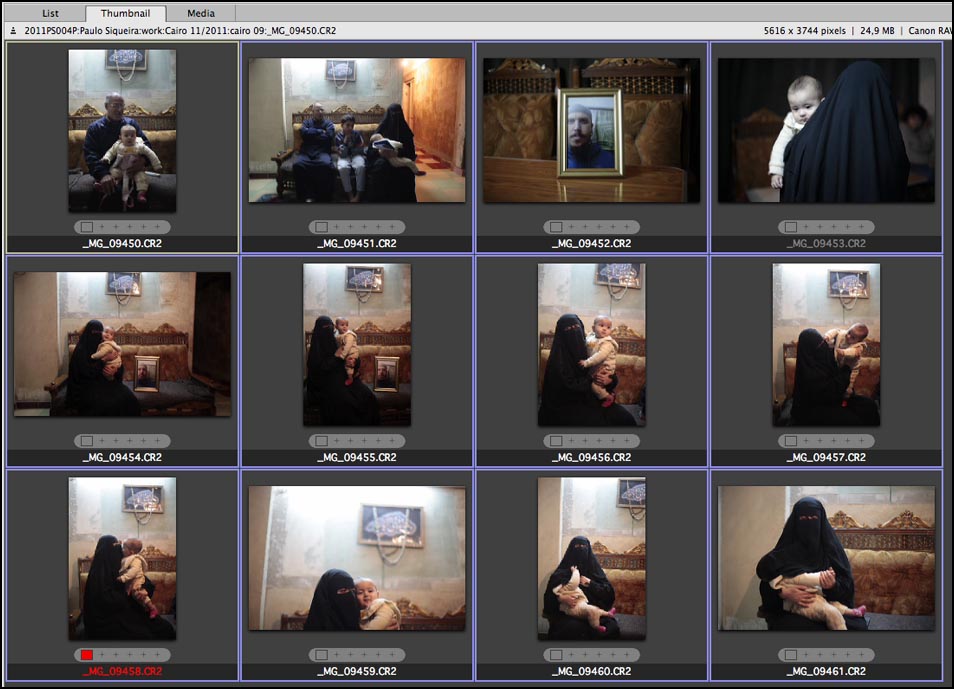
TID:
What surprised you about the moment?
PAULO:
The fact the she actually breastfed him in front of me, I believe that I was more shocked than everybody else in the room.
TID:
How did you feel photographing her when she started breastfeeding? Even if she was ok with it, how did it feel with her father in the room?
PAULO:
It's natural for me in my culture to see a woman breastfeeding, but I was really surprised or at least I didn't expect Zeinab to breastfeed in front of me. Although she was clearly comfortable with it, I of course had my pre-conceived judgment that muslim women don't often do such things in front of men they don't know. The father seemed to be embarrassed but he didn't interfere in the situation and that's what was important for me.
TID:
What have learned from this to help you in the future photographing someone which such strict religious and cultural rules?
PAULO:
Often we project our own cultural normalities onto those we are photographing from other cultures. This is normal, but it is important not to create barriers between you and your subject based on the differences in culture. I'm sure that if you behave with respect and an open mind your subject will let you know when you're crossing the line and it's time to stop.
TID:
What have you learned about yourself in the process of making images like this?
PAULO:
Being patient and really taking my time until I'm satisfied with my work. I began my photojournalist career working for one of the biggest newspapers in Italy, La Reppublica and later for Reuters Photo Agency concentrating on breaking news and working within the fast pace environment of daily news. Everything was about speed and deadlines that much of the time the quality of the work suffered because of this. In the past couple years I have transitioned into following my passion of slower reportage/documentary photography. One of the most challenging aspects of photography is that it is filled with choices and all the choices we make affect what images we make. When I was working in the news environment I often had to abandon a situation before I had really entirely "worked" the picture for the sake of making my deadline. I mean that I had to walk away knowing that I could have done better had I had more time to spend on the photo. The method of working slower allows me to really feel when I "have" the picture, and I have learned that it's an instinctual feeling, that you just know when it's right. So in this case I feel much more in control of my work and I'm not left with the incomplete feeling I had so much of the time with news photography.
TID:
What advice do you have for photographers in similar situations?
PAULO:
Grab any opportunity and be prepared to go in a split second, spend as much time as possible with your subject. I believe it shows in the photos how much time you put in to the work. It has been very challenging to take myself out of the habit of focusing on quantity and speed and instead, understanding that if I take my time, sometimes talking to my subject for quite a bit of time, it will pay off in the end and yield images with depth and more intimacy. Also sometimes opportunities do not pan out into making good photos but you must try to take all that comes your way in the chance that they do work. Also be somewhat aggressive to get time with your subjects, of course always respecting their space and the fact that they are trusting you and opening up their lives to you. So my advice would be that if you have the time, take it and don’t be afraid to bother your subjects, they will tell you when they have had enough.
:::BIO:::
You can see more of Paulo's work here: